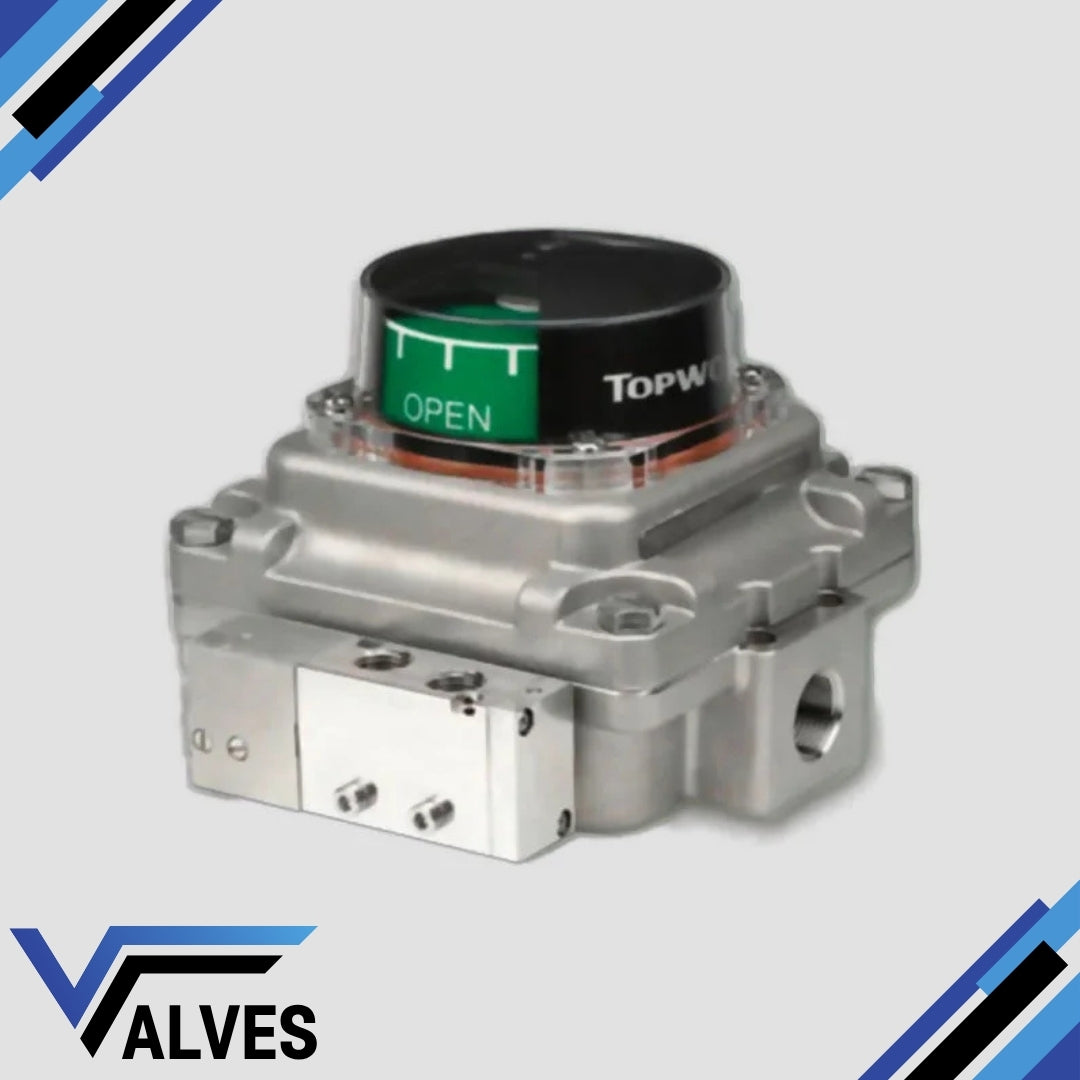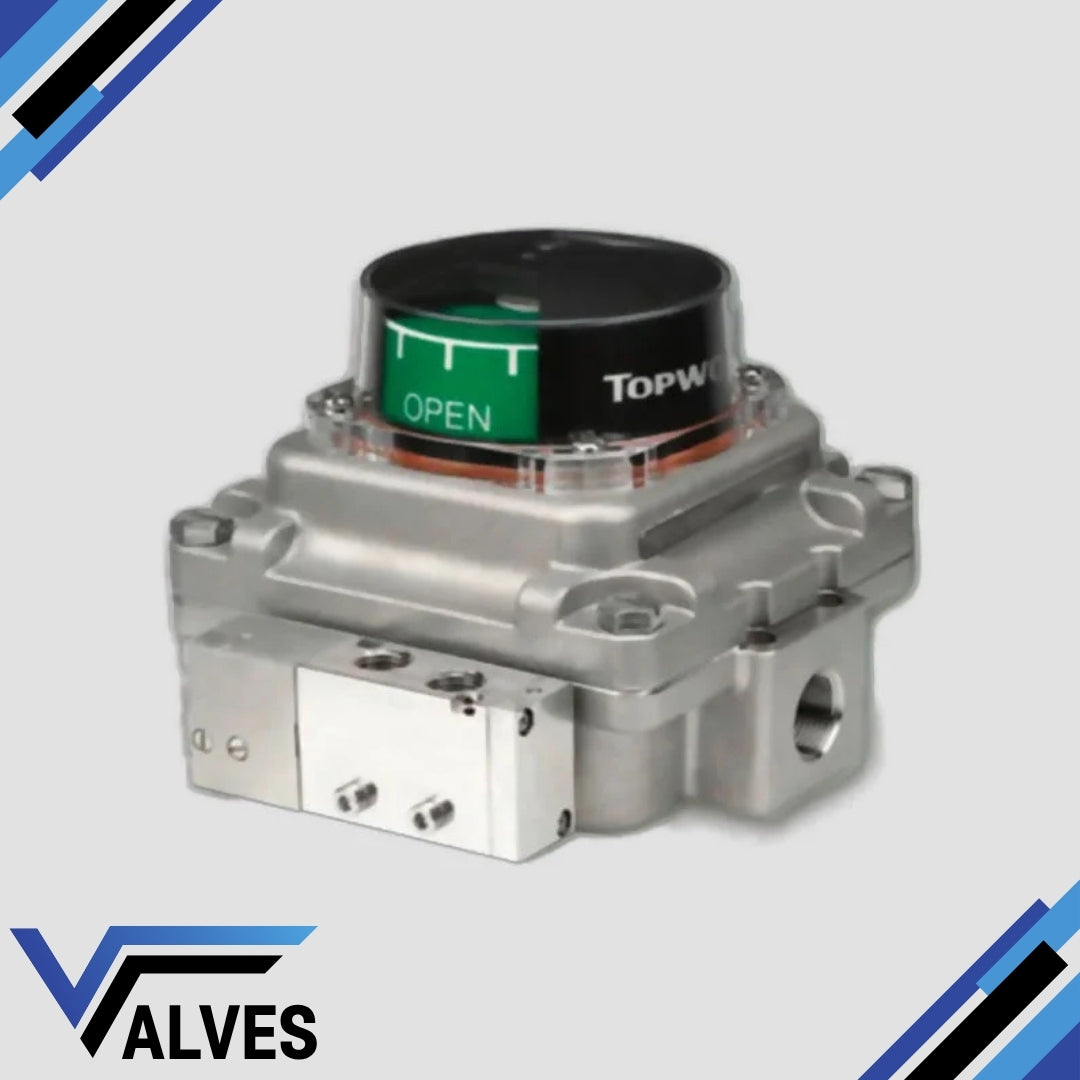Topworx Switchboxes
TopWorx Limit Switch Box TXS-0X1GMPM Valve Monitor
TopWorx Limit Switch Box TXS-0X1GMPM Valve Monitor
Couldn't load pickup availability
The TopWorx TXS-0X1GMPM Valve Monitor is a high-performance solution designed for precise valve position monitoring in a variety of industrial environments. It is part of the TX-Series switchboxes, which offer outstanding functionality in compact, direct-mount enclosures. Engineered for durability and performance, this unit supports a range of challenging applications, including those in hazardous locations. The device integrates seamlessly with automated valve packages, providing reliable feedback on valve position to improve operational safety and efficiency.
Key Features:
- Compact Design: The TXS series offers a small form factor without compromising on performance, making it ideal for space-constrained applications.
- Durable Construction: Built from 316 stainless steel, the enclosure ensures robustness and protection against corrosion, making it suitable for harsh environments.
- Flexible Switch Options: Equipped with GO™ Switch technology, the TXS-0X1GMPM provides reliable, dry contact switching that requires no power to operate.
- High Temperature and Pressure Ratings: The device is designed to withstand extreme operating conditions, with a temperature range of -60°C to 105°C and pressure resilience in tough applications.
- NAMUR Mounting: Compatible with standard NAMUR actuators, simplifying installation and reducing the need for additional mounting hardware.
- Intrinsically Safe: Certified for use in hazardous areas, making it ideal for industries such as oil and gas, chemicals, and other sectors where safety is critical.
Additional Information: The TXS-0X1GMPM offers quick and easy installation with its user-friendly push-to-set target mechanism, reducing setup time and ensuring accuracy in monitoring. This model is optimised for long-term use with minimal maintenance, thanks to its robust construction and reliable performance even in extreme conditions. The use of GO Switch technology ensures high accuracy, fast response times, and long-lasting durability, making it a trusted choice for operators who need to ensure precise valve control and position feedback.
Share

FAQ's
What is the difference between a valve and an actuator?
What types of actuators are available?
The main types of actuators are:
Pneumatic actuators – use compressed air for fast, reliable operation.
Electric actuators – use electrical power for precise control.
Hydraulic actuators – use fluid pressure for high-torque applications.
Each type offers unique advantages depending on the environment, media, and system control needs.
How do I choose the right actuator for my valve?
To select the correct actuator, consider:
Valve type and torque requirement
Power source available (air, electric, or hydraulic)
Operating environment (temperature, humidity, hazardous area)
Control signal type (on/off or modulating)
Matching actuator torque and compatibility with the valve’s ISO mounting ensures reliable performance.
What are the main types of valves used in automation?
The most common valves in automated systems include:
Ball valves – for tight shutoff and quick operation.
Butterfly valves – for larger flow control with compact design.
Globe valves – for precise throttling and flow regulation.
Check valves – to prevent backflow.
Gate valves – for full bore flow isolation.
What’s the difference between a double-acting and spring-return actuator?
Double-acting actuators use air (or power) to both open and close the valve.
Spring-return actuators use air to open (or close) the valve, and a built-in spring to automatically return it to a safe position when power or air is lost — ideal for fail-safe operation.
How often should valves and actuators be serviced?
Regular maintenance intervals depend on operating conditions, but a good rule of thumb is to inspect every 6–12 months.
This includes checking for leaks, lubrication, seal wear, and actuator responsiveness to prevent unexpected downtime.

